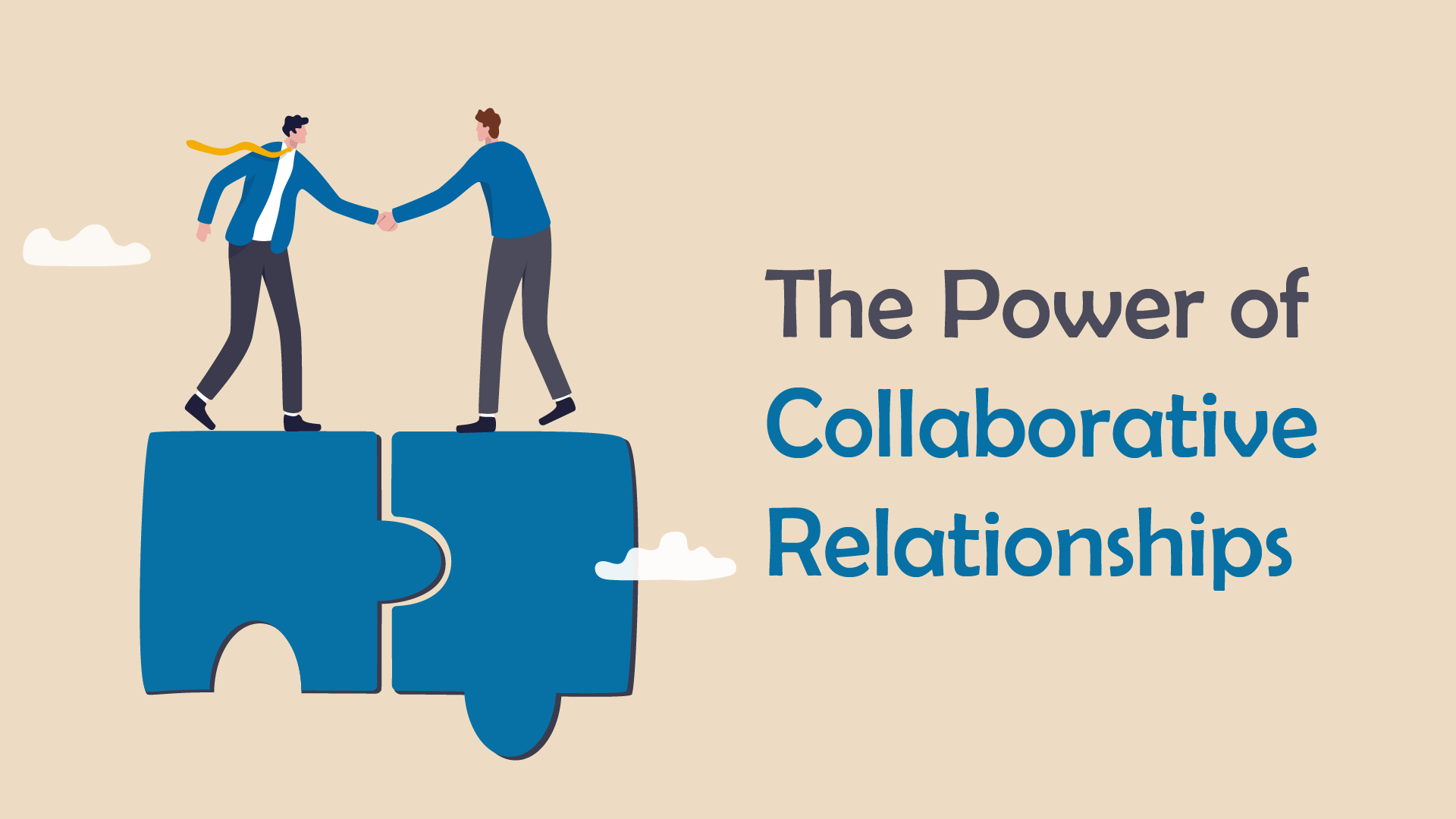“Without mastering collaborative relationships, both inside and outside the company, we won’t produce the outcomes needed to win our customers’ business.”
— Lori Beer, Chief Information Officer, JPMorgan Chase
In the early 2000’s, PTP was grappling with a major shift in the recruiting industry. While everything was changing and clients’ needs were evolving across the landscape, we began a new relationship with a client in telecommunications. Twenty years later, this company is still with us and the relationship is thriving. What made this one relationship so successful? Not everything can be reproduced with every client but maintaining one thing above all will pay dividends to any leader.
During the initial pitch with the client executives, we recognized that both our organizations were experiencing a period of change. They were dealing with a disruptive new technology—Bluetooth— that had revolutionized the communication sector. We were mired in a crippled recruiting landscape that was still recovering from the 9/11 tragedy.
The initial candor of speaking to each other about our respective struggles was the first step in building trust. We compared notes on how to deal with the market and in doing so, my counterpart and I formed a bond that not only brought us closer as colleagues and friends, but also helped build a thriving relationship that has survived numerous challenges and lasted two decades.
Collaboration begins at home
Building relationships goes beyond winning a new client. It starts in-house. If you want to attract top talent to your brand, the relationship that you build within your organization matter the most. When you empower your people to take initiative, create their own goals, and work towards their developing their careers in a collaborative environment, the ripple effects are a better culture, a better bottom line, and a stronger team.
RELATED: How Leaders Build Trust
The job market has changed rapidly since 2020 and show no signs of settling into a new baseline yet. Talent shortages are making employers more creative in finding ways to attract the best candidates. Unfortunately, one trend that has taken off is the breakdown of employee engagement in the IT sector. Today, IT candidates have more options than ever before, both in the variety of work available and the type of workplaces. I have seen great candidates walk away from promising opportunities because they didn’t perceive them to be mutually beneficial, instead choosing to start a new job search rather than compromise by working in an environment that isn’t ideal.
This means that listening to candidates matters now more than ever. In an effort to attract the best talent, and improve retention, employers will need to create tailored work environments that the new generation of talent needs. Building collaborative relationships with your team will play a big part in this process.
Relationship management for high impact networking
I’ve always felt that building relationships is the foundation of building a business. When I started this company, we had one client and no brand or marketing. In the initial years, I depended entirely on word-of-mouth to build my business. When it came to the job, I promised my clients excellence in service and access to me at any time. I made it a mission to over-deliver every time.
In addition to the work, I always made it a point to build on every networking opportunity to create better relationships. The job wasn’t just a matter of delivering on a requisition. It was about understanding clients’ needs, their goals, and what matters most to them.
If you are new to leadership or don’t have a client-facing role, begin by building these relationships within your organization. It’s not only an important step in house, but it also helps set you up for fruitful external collaborations in the future. Reach out to peers in other departments, ideate together, make quid pro quo arrangements, and find ways to help each other achieve professional goals. I’ve also found that encouraging cross-collaboration between the different teams on my staff helps create a more innovative work environment.
Relationship optimization and growth should be an essential aspect of any new networking activities in your business.
Create a better impression
Networking, especially online, is often mindless and automatic. A hi or a hello followed by a short introduction and the conversation is effectively over. But if you treat every networking opportunity as a chance to build a relationship, this interaction takes new importance. As a leader, you’ll probably have dozens of interactions in a day. With a little effort you can make those interactions mean more than just checking off another item from your daily list.
RELATED: Hiring for Cultural Fit: The Pitfalls
Forge stronger bonds
A good work relationship can last a long time. I’ve had the privilege of building relationships that have lasted over a decade and in some cases, two, and are still going strong. This is not by accident. These relationships include partners who I’ve collaborated with on various projects, clients whose business I’ve helped grow, and consultants who started at PTP and have since moved on to other organizations but who remain connected with us personally and professionally.
Build diverse connections
If you want to cast a wide net with your networking, you need to make the effort to create diverse connections. Value people for who they are, not just what they could bring to your business. Not every relationship will translate into business growth but they will add value in other ways. Building strong relationships with your community, for example, may not add to your profit margins, but it will give you a source of support when you need it.
Positive relationships inspire trust
In today’s increasingly digital economy, building trust and creating cross-platform collaboration is central to effective leadership. This is something I realized was more critical than ever when I moved to remote working models during the lockdown. The biggest challenge when building a virtual workplace is figuring out how to assemble a culturally and geographically diverse set of individuals into a team. How do you create a unified, trusting workforce when you don’t have the advantage of shared spaces and frequent interactions? You need to rely on free and open channels of communication, and your ability to foster positive relationships amongst your people.
PTP helps you in hiring the top IT talent.
Let us connect you with the strongest candidates to help meet your goals; say hello@ptechpartners.com or contact us here.
About the Company:
Peterson Technology Partners (PTP) has partnered with some of the biggest Fortune brands to offer excellence of service and best-in-class team building for the last 25 years.
PTP’s diverse and global team of recruiting, consulting, and project development experts specialize in a variety of IT competencies which include:
- Cybersecurity
- DevOps
- Cloud Computing
- Data Science
- AI/ML
- Salesforce Optimization
- VR/AR
Peterson Technology Partners is an equal opportunities employer. As an industry leader in IT consulting and recruitment, specializing in diversity hiring, we aim to help our clients build equitable workplaces.





